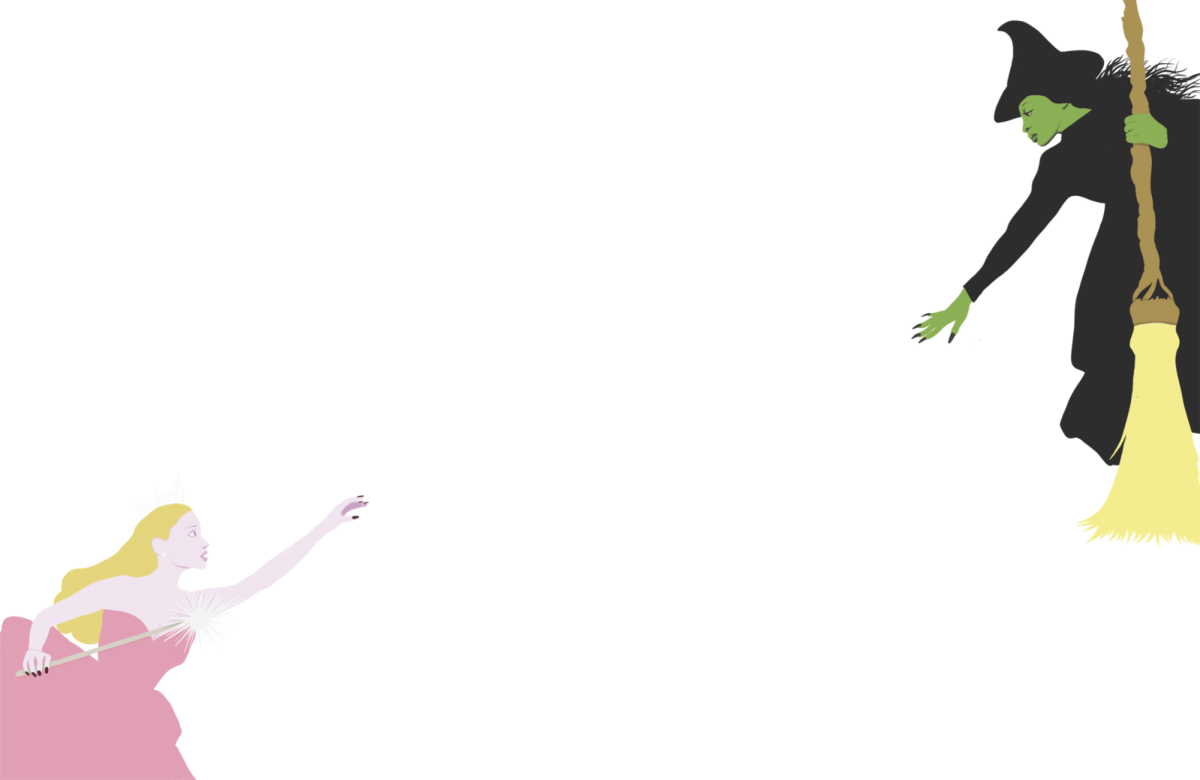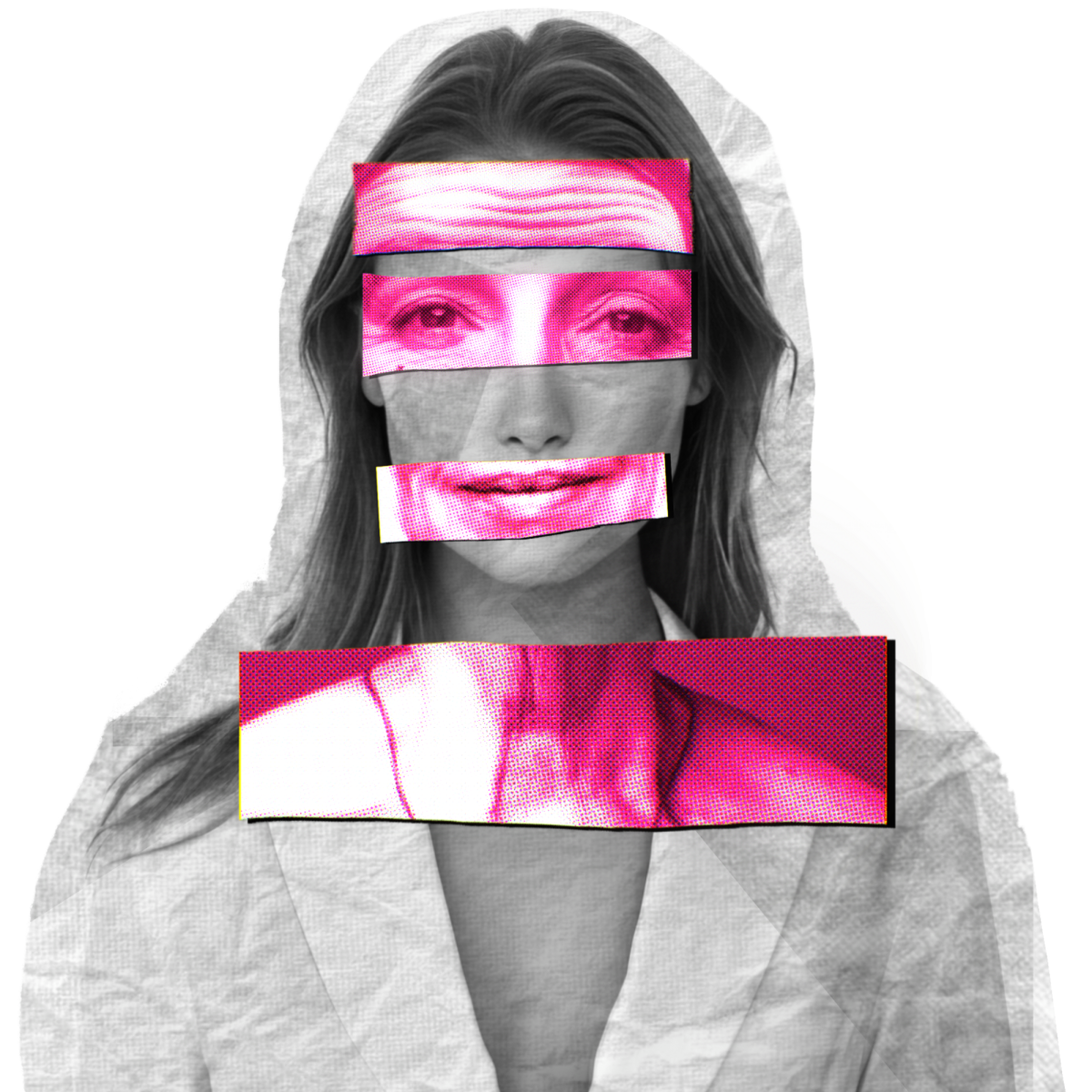The Supreme Court is decidedly undemocratic and has been since its creation in 1789. In a government designed to give voice to citizens through the election of representatives in the House and Senate and the election for president, the American people have no say over who presides in the Supreme Court. Consequently, citizens have no influence over the supreme law of the land that they live in. A stark example of this phenomenon reflects the 2022 court ruling of Dobbs v. Jackson Women’s Health Organization, which overturned Roe v Wade and ended federal recognition of an individual’s right to a legal abortion regardless of which state they reside in. While the conservative majority on the court overturned Roe, 62% of Americans stated that they supported legal abortion in “all or most cases” (Pew Research Center).
Representative government in the United States is nothing more than a principle because Justices are appointed, not elected. Additionally, the current president makes the Supreme Court (SCOTUS) nominations, and they will have partisan motivation to stack the court in favor of their agenda. Although Justices don’t affiliate with a ‘Democrat’ or ‘Republican’ party (for their professional role), Justices are classified as ‘conservative’ or ‘liberal.’ This allows for patterns in the SCOTUS decisions that reflect the partisan divide within all other bipartisan sectors of the US government. However, the distinction with the Supreme Court is that this bipartisan divide is not reflective of the people at large but rather the individual views of the justices and the president who appointed them.
While in the House of Representatives, Republicans hold the majority with 221 seats (Democrats have a 212 minority), and in the Senate, Democrats hold control with Kamala Harris’s deciding vote, the Supreme Court is disproportionate, reflecting a 6 to 3 conservative majority. This is because the Supreme Court appointments shake out to a lot of luck. In recent years, Democratic presidents Biden and Obama (holding a collective 11 years in office) have appointed three ‘liberal’ justices while Republican president Trump (4 years in office) appointed three ‘conservative’ justices. Because SCOTUS Justices serve for life, it is up to chance how long they will be to retire, as in the case of Justice Stephen Gerald Breyer, or pass away like Justice Ruth Bader Ginsburg. When liberal justice Breyer retired, Democrat president Biden replaced him with liberal justice Ketanji Brown Jackson. When liberal justice Ginsburg passed away, Republican president Trump replaced her with conservative justice Amy Coney Barrett. These two most recent swaps in the court’s history reflect how circumstances warp the SCOTUS liberal-to-conservative ratio and is not a Democratic process.
As political polarization increases between Democrats and Republicans, this polarization has been reflected in the court, as the recent conservative majority has led to undoing the previous century of progressive rulings. Similarly to the House and Senate, the Supreme Court has also fallen victim to the uneven split of the parties within the polarization, with the right traveling much farther into conservative territory while the left stays relatively passive.
Although this trend is similar to that within the American people, because the SCOTUS is such a powerful part of the government, these changes have had rapid impacts, which are leaps ahead of the views of the American public despite the imminent rise of conservatism.
The SCOTUS decisions serve as the supreme law of the land, and it is a fault for a “representative” government not to allow its citizens any say over who presides.
The Supreme Court: The Largest Threat to Democracy in the United States
In an increasingly polarized political climate, the Supreme Court still leans far more right than the American people.
October 18, 2023
0
Donate to The Fourth Estate
$50
$500
Contributed
Our Goal
Your donation will support the student journalists of Laguna Blanca School. Your contribution will allow us to purchase equipment and cover our annual website hosting costs.
More to Discover
About the Contributor

Lucia Camp, Co News Editor
Lucia Camp is a senior and second-year journalism student. Lucia’s hobbies include cooking, hiking, paddleboarding, yoga, and sewing. Lucia enjoys playing tennis and spending time with loved ones. She is also a member of the Laguna mock trial team. She has interests in criminal and social justice, local issues, and environmental science and is an active member of the Santa Barbara Youth Council.

































